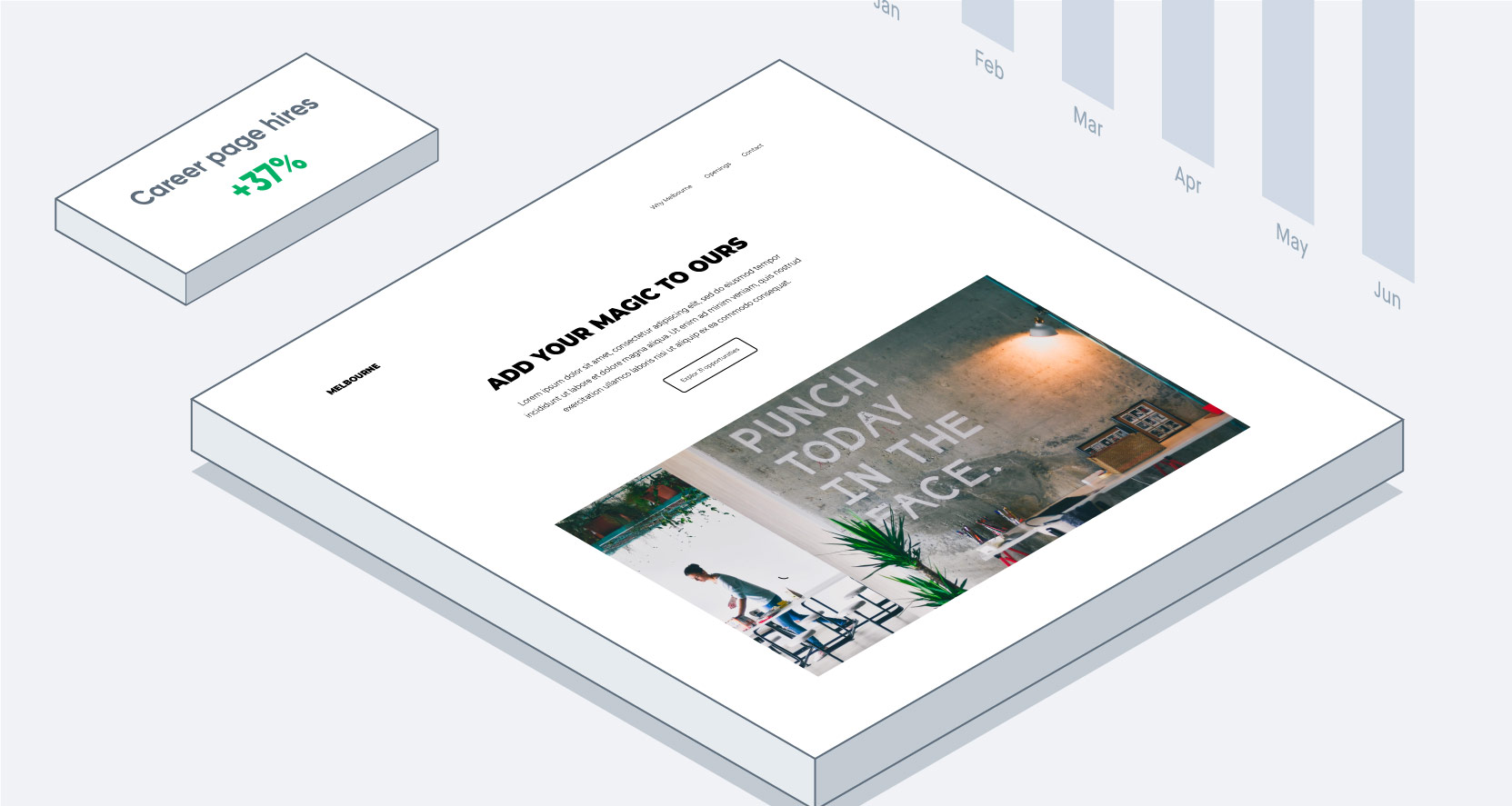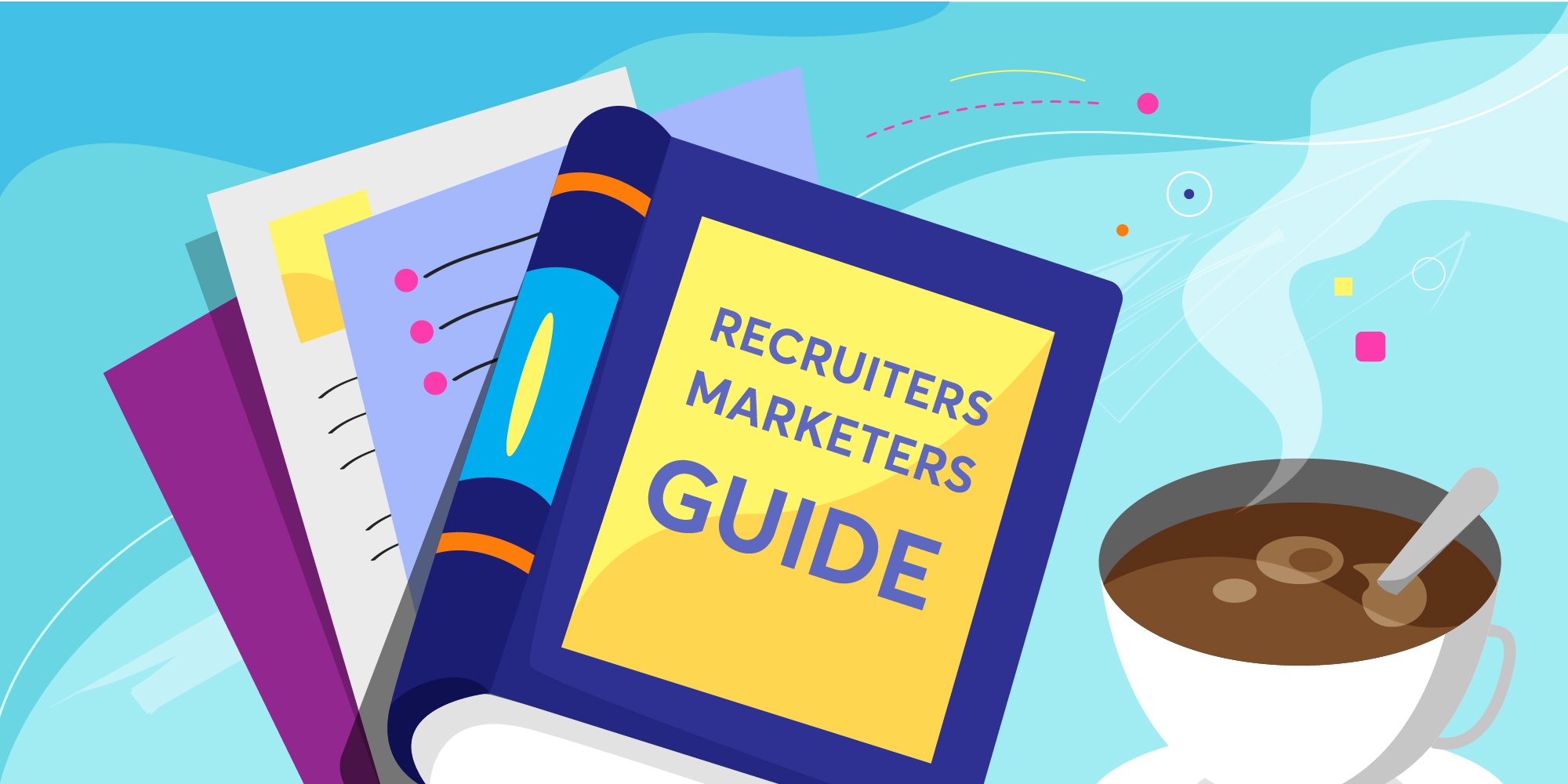COVID-19 has made things difficult for talent acquisition teams across industries. Companies had to adapt to sudden changes that came with COVID-related restrictions. With this new landscape, we’ve now entered a period of talent shortage where prime candidates are becoming rarer and rarer by the day.
How should recruiting teams deal with this talent shortage? If they want to keep up with the competition and have a chance at hiring the best candidates, they need to make sure they’re making use of the best tools and adopting the best practices currently available.
With that in mind, here is a list of 5 practices you can implement to make the most of your hiring process in this era of talent shortage.
1. Take a Data-Driven Approach
Forbes estimates that a bad hire costs around 30% of that employee’s first-year salary. This puts a lot of responsibility on talent acquisition teams. Not only do they have to make the best hire possible, but if they ever make a mistake, things can get costly very quickly for the business.
This is why companies are starting to turn recruiting into more and more of a science. Relying on feel and intuition works in a lot of areas, but you don’t want to end up paying that much for a mistake you made when trusting your gut.
In periods of talent shortage, getting things right becomes even more crucial. It’s hard enough to find the right hire and making the wrong one could end up costing you even more time and money because of the small talent pool available. So now is the time to commit to using data to maximize the accuracy of your hires.
So where do you start with data? You can collect and analyze your data manually, but at this point, there are so many data points that are crucial for recruiting that it’s best to rely on software solutions to help you do the work. AI-powered solutions will be key to finding patterns that flew under the radar previously. At the same time, AI will learn more and more about your business as time goes by, becoming better at the job with each new hire.
As for data points, there are many areas to explore. Scavenging the pool of active candidates is the obvious choice, but you shouldn’t stop there. To figure out what would be the best hire for your company, you can look at the passive candidate pool, old hires, and even current employees as valuable sources of data.
Since you’ll be using AI, there’s no such thing as too much data. Software doesn’t get overwhelmed as humans do. Now that there’s a shortage of talent, you need to compensate with even more data than you’re used to using. So, just to be safe, aim for too much data rather than too little. Your recruiting strategy will only benefit from it.
2. Build Candidate Personas
A candidate persona is a hypothetical person that represents your ideal candidate. It’s not just about their skills and experience, it’s about every single detail you can figure out: their personality, location, salary expectations, but also hobbies, family situation, social life, internet activity, and many other things.
We’ve spoken at length about how important building candidate personas is. They’re a great asset for any talent acquisition team. But in this period of talent shortage, they’re almost a necessity.
What’s great about candidate personas is that they’re becoming more and more reliable and accurate. In the past, companies would build personas (most often buyer personas for marketing) using their knowledge and experience of their industry. But now, with the rise of data, personas are becoming more of a statistical image than an intuitive one.
The thing with buyer personas is that they add a safety net to the hiring process. If you’re confident in the persona you’ve built, you can always fall back onto it. Unsure where to look for new candidates due to the shortage? Look at your persona for hints on where your candidates spend their time. Can’t decide between two applicants? Pick the one that’s closest to your persona. A properly built persona will streamline many decisions over the course of your talent acquisition process.
If you haven’t built a candidate persona yet, you should start right away.
3. Cut down time-to-hire
When in periods of talent shortage, recruitment enters a candidate’s market. Because the pool is small, companies will compete much more aggressively over candidates with each other. This also means that every candidate will have access to more positions than they would under normal circumstances.
What does this mean for a candidate’s job-seeking journey? Things move faster. With more offers than ever and more competitive offers than ever, candidates will spend much less time actively searching for a job because they will find one that suits them very quickly.
This obviously makes things difficult for businesses, but you have to adapt. You could have the most competitive offers, but if another competitor goes through the whole process much faster than you, a valuable candidate could end up choosing them over you. With talent being in short supply, you definitely don’t want to be losing out on prime candidates just because your process was too slow. So not only do you need to keep your offers competitive, you need to keep pace with the speed of candidates’ job searches.
One of the best ways to do this is to automate as many parts of the process as you can. Finding, screening, shortlisting, and even scheduling interviews for candidates are all steps that can be automated through software. Software can complete these steps instantaneously, so automating them will speed up each individual process naturally. At the same time, it will relieve your recruitment team from doing these menial tasks so that they can conserve and focus more energy on difficult tasks like interviewing candidates and doing qualitative assessments.
By adding automation to your recruitment process, you’ll ensure that you’re moving as fast as you can. You won’t lose any candidates because of the speed of your operations.
4. Personalize Your Candidate Experience
We’ve talked a lot about automation in this article, and that’s because automation is great. But be careful not to rely too heavily on automation. It’s a great tool to help you streamline processes, but it won’t do the whole job for you. In fact, in some cases, it might even be risky to use AI and automation.
The biggest asset of automation is that it does exactly what you program it to do. At the same time, that’s one of its biggest weaknesses. The candidates you will be going through are different people, with different interests and personalities. If you want to really attract candidates, you have to personalize your candidate experience according to each candidate’s personality. This is what will set you apart from your competition: showing candidates that you care about who they are as people throughout the hiring process.
The issue with automation is that it’s not always capable of doing this. Some qualitative judgments must be made by humans to adequately personalize a candidate’s experience. But proper candidate experience management requires automation. Without automation, your team wouldn’t have the time to manage everything. Automating processes ensures they can spend more time on tasks that must be done by humans.
Additionally, personalization heavily relies on data to be done reliably. You can use AI solutions to collect and process data on candidates for you so that you can decide how to personalize each candidate’s experience from the moment they send you their CV.
By using your automation tools wisely, you can let your recruiters focus on qualitative decisions and building personal relationships with each candidate.
5. Attract Candidates to your Careers Page
When there is a talent shortage, TA teams have to be much more proactive when hiring candidates. This means making use of third-party recruiters, searching for candidates, and reaching out to them with job offers. This is where the brunt of the effort will go, and that’s why most of this blog has focused on proactive recruiting. But that doesn’t mean that you should forget about passive recruiting. Even though the market favors a proactive approach, things like branding are still important and should be maintained.
The reality is that even though the talent pool is smaller than before, you won’t be able to reach everyone, even with automation tools. Some candidates will fly under your radar no matter how aggressive you are in your proactive recruiting. What you can do to account for these candidates is to ensure you’re maximizing the passive attractiveness of your company’s brand.
The best place to start is by building up your careers page.
Your goal should be to create a careers page that attracts and converts as many candidates as possible. The best way to understand how to improve your careers page is to track users’ activity when visiting it and measure the success of each candidate’s visit.








